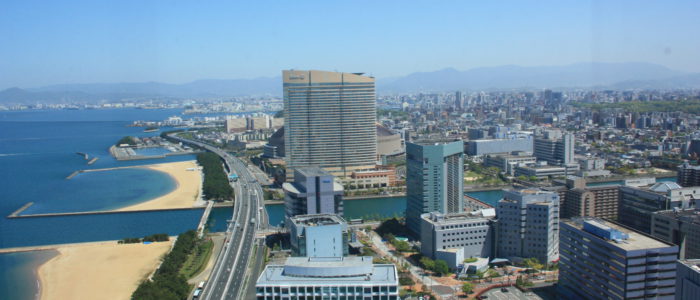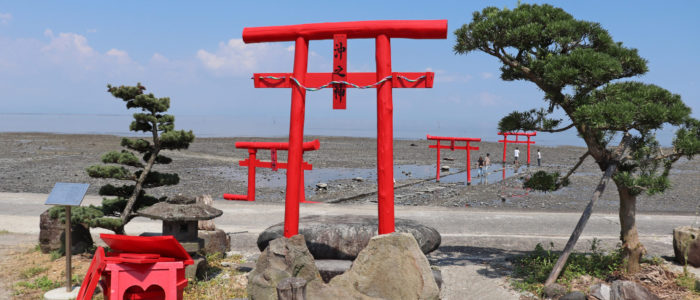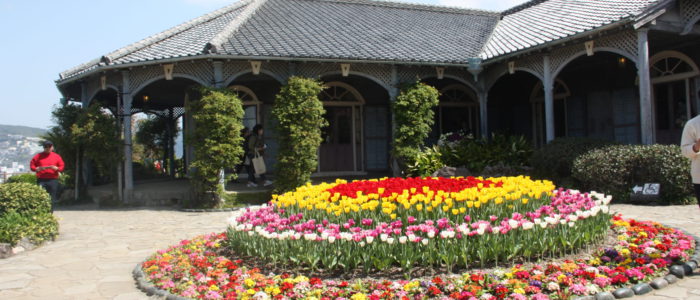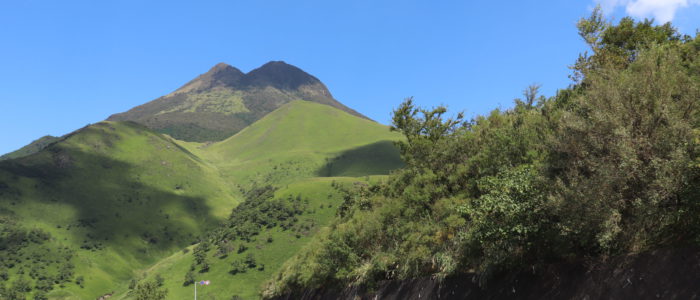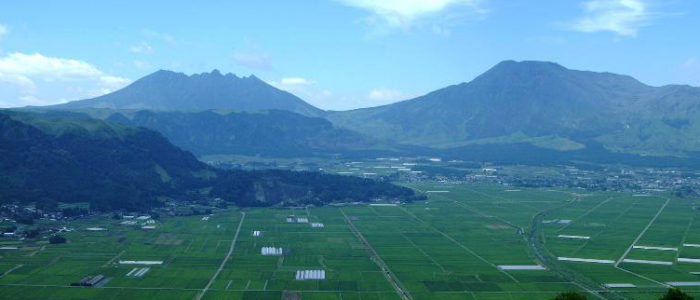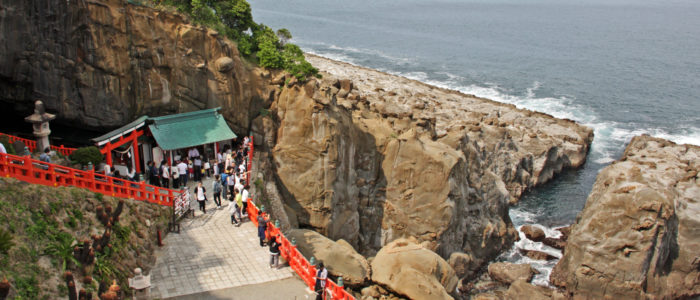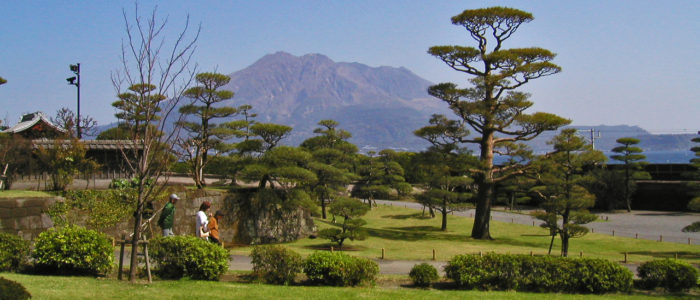Kyushu Travel Guide
Kyushu is the most southerly of Japan’s 4 major islands with a size of 330km north-south
and 240km east-west, It is separated from Japan’s main island of Honshu by the Kanmon
Strait. All the prefectures of Kyushu face to the seas and have intricate, spectacular and
sometimes isolated coast lines. Kyushu is characterized by its many volcanic mountains
such as Unzen, Tsurumi, Yufu and Kirishima including active volcanos Aso and Sakurajima.
Kyushu itself is composed of numerous unique and charming regions all with their own
distinctive history, culture, cuisine, natural beauty, geography, industry and economy.
For introducing fascinating Kyushu, we have prepared the Kyushu Travel Guide from our own
survey’s and experiences.
Please enjoy the Virtual tour of Kyushu by visiting the following sites.
Fukuoka-prefecture
|
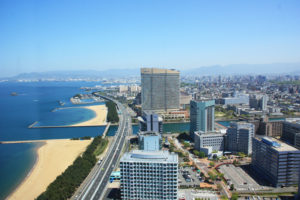
|
Fukuoka
The biggest city in Kyushu and is considered the gateway to the country
due to it’s close proximity to the Asian mainland. This energetic and
bustling city is the center of Kyushu’s politics, economy, culture, fashion
and tourism. Fukuoka International Airport with direct flights from from
Asia, Guam and Honolulu. So when visiting Kyushu, the city is a great
starting point for exploring Kyushu.
|
|
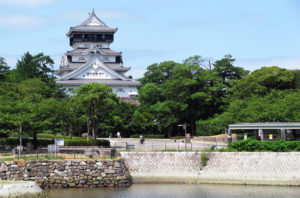
|
Kitakyushu
Kitakyushu is 2nd largest city in Kyushu with 920,000 population.
Kitakyushu possesses numerous tourist attractions. Nature areas
including Mt. Sarakura where the most dynamic night view in the
World, Castle town area Kokura where Japanese traditional culture
can be experienced, Mojiko Retro facing Kanmon Strait where
beautiful Strait and also Industrial area Yahata where is industrial
area has many Industrial Heritages.
|
|
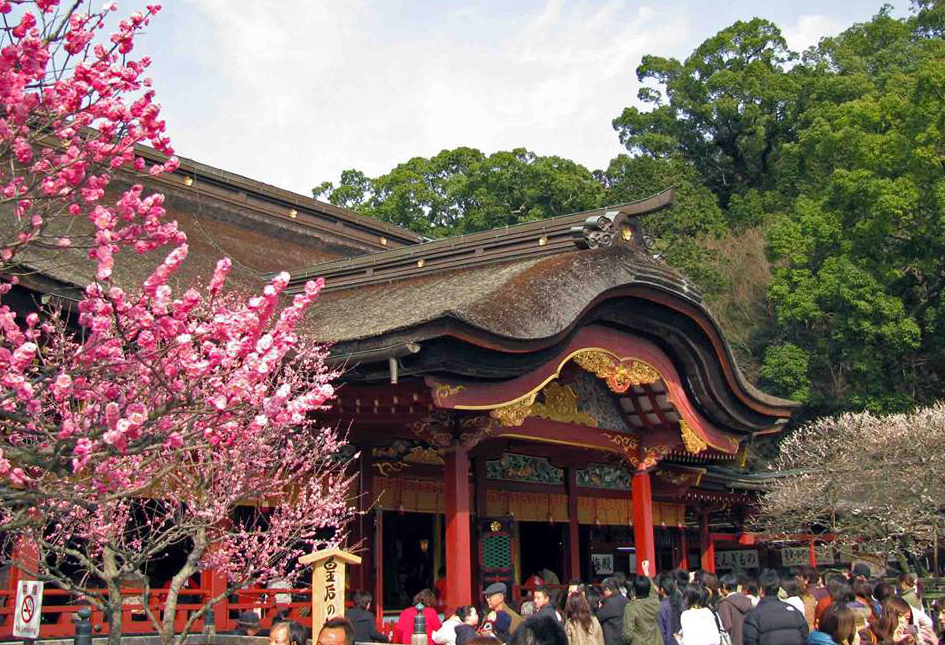
|
Dazaifu
Dazaifu is one of the most attractive tourist destinations in Fukuoka-prefecture
to experience Japanese traditional culture. From the late 7th century to the late
12th century, Dazaifu was the western capital of Japan and controlled Kyushu.
Geographically, it served as the front line of Japan’s diplomacy and defense,
as well as it is gate way to the Asian continent. A special location worth visiting
is Dazaifu Tenmangu Shrine, with more than 8.5 million tourists visiting annually.
|
|
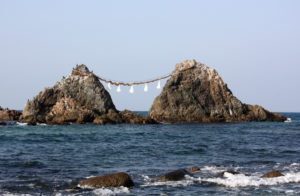
|
Itoshima
Itoshima is located next to Fukuoka-city, the north side is facing the Genkai
Sea and has beautiful beaches and an intricate coastline created by dynamic
wave activity There is a plain and several low mountains between the coastline
in the north and Seburu mountain range in the south creating a serene and
tranquil landscape.
|

|
Yanagawa
Yanagawa is a beautiful canal town where with fields of flat land facing the
calm Ariake Sea. The area of Yanagawa was created by reclamation of shallow
Ariake Sea which has existed since and the canal was constructed for people’s
lives and agriculture. Yanagawa was once a Castle town of the Tachibana
domain. Features of Yanagawa are the Canal boat cruise and Eel cuisine.
|
|
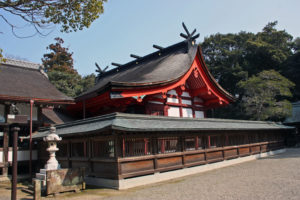
|
Munakata & Fukutsu
Munakata Region is located in the west part of Fukuoka-prefecture
facing the Genkai Sea. There are many beautiful seas and religious sites
that have UNESCO World Heritage status including the
Sacred Island of Okinoshima and other Associated Sites.
|
|
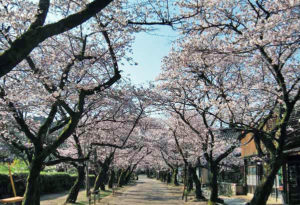
|
Asakura
Asakura is located in south of Fukuoka Prefecture and spreads over
the Chikugo plains of the Chikugo River basin. It is a thriving area of
agriculture and possesses natural scenery that is rich and relaxing.
It also includes the tranquil Harazuru Onsen resort on the river and the
and the historical Akizuki castle ruin.
|
|
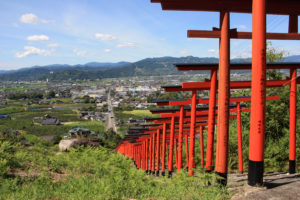
|
Ukiha
The most enjoyable experience is Fruit picking through the year.
Ukiha blessed with nature where many orchards spread out at the foot of
Mino mountain range. Yoshii, in the center of Chikugo flourished as a
post town during the Edo period, and there a lot of Sake brewery.
|
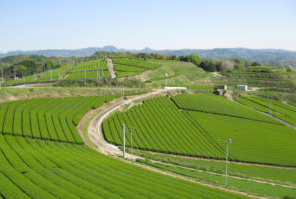 |
Yame
The country of Green tea, Yame is a rural tranquil region of Japanese tea
cultivation and the traditional crafts manufacturing.The recommendable
experience is to have Gyokuro tea which is the highest grade of
Japanese tea cultivated in Hoshino village.
|
Saga-prefecture
|
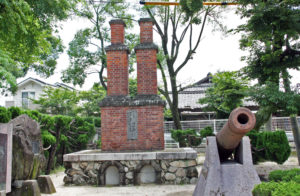
|
Saga
Saga is located in the Saga Plain where is spreading from the foot of
Mt. Seburi. And southern part of Saga is facing to Ariake Bay.
The Yoshinogari ruins where rice cultivation first began in Japan
2400 years ago. And the place made a great contribution to the
Japanese Industrial Revolution as the starting place of industrialization.
|
|
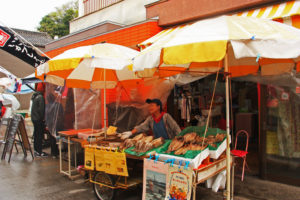
|
Karatsu & Yobuko
Karatsu was prospered from ancient times as an important
trading port, Yobuko famous for fresh squid cuisines
|
|
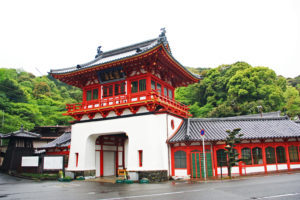
|
Takeo & Ureshino
Takeo is a Onsen Resort, located west of Saga–city,
and has 1200 years history
|
|
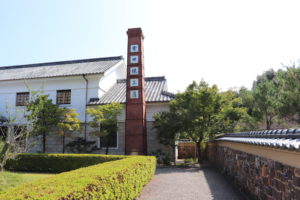
|
Arita
Arita is located in the north side of Saga and surrounded by mountain ranges.
It was the first place in the early 17th century to produce porcelain in Japan
and is know as the home of Japanese porcelain. These precious pieces are
famous for their bright, elegant picture drawn onto the transparent white
porcelain. Arita porcelain was exported to Europe in the later half of 17th
century and greatly influenced European pottery.
|
|

|
Imari
Imari is most notable because of Imari porcelain which has a 400 years history.
The city borders Arita to the south and embraces the natural port of Imari Bay.
The porcelain was exported from the port of Imari specifically for the European
export trade and became known as Imari porcelain. Nearby Okawachiyama is
a famous porcelain village and with it’s more than 30 potteries is a
recommended place to visit.
|
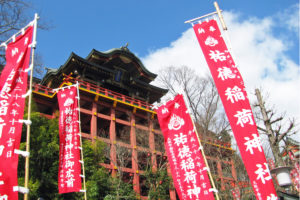 |
Kashima & Tara
Kashima is southern part of Saga, facing to Ariake sea,
Yutoku Inari Shrine is one of the famous Inari shrine in Japan
|
Nagasaki-prefecture

|
Nagasaki
Nagasaki-city became Japan’s first international city since Nagasaki port
opened in 1571 and has a unique culture that is a mix of European,
Chinese and Japanese culture. The city has many tourist places with hidden
Japanese historical significance. It was the Gateway to foreign countries and
the first area where Christianity spread. And it played a major part in Japan’s
industrial modernization and was the site of the Atomic bomb used in WW2.
|
|
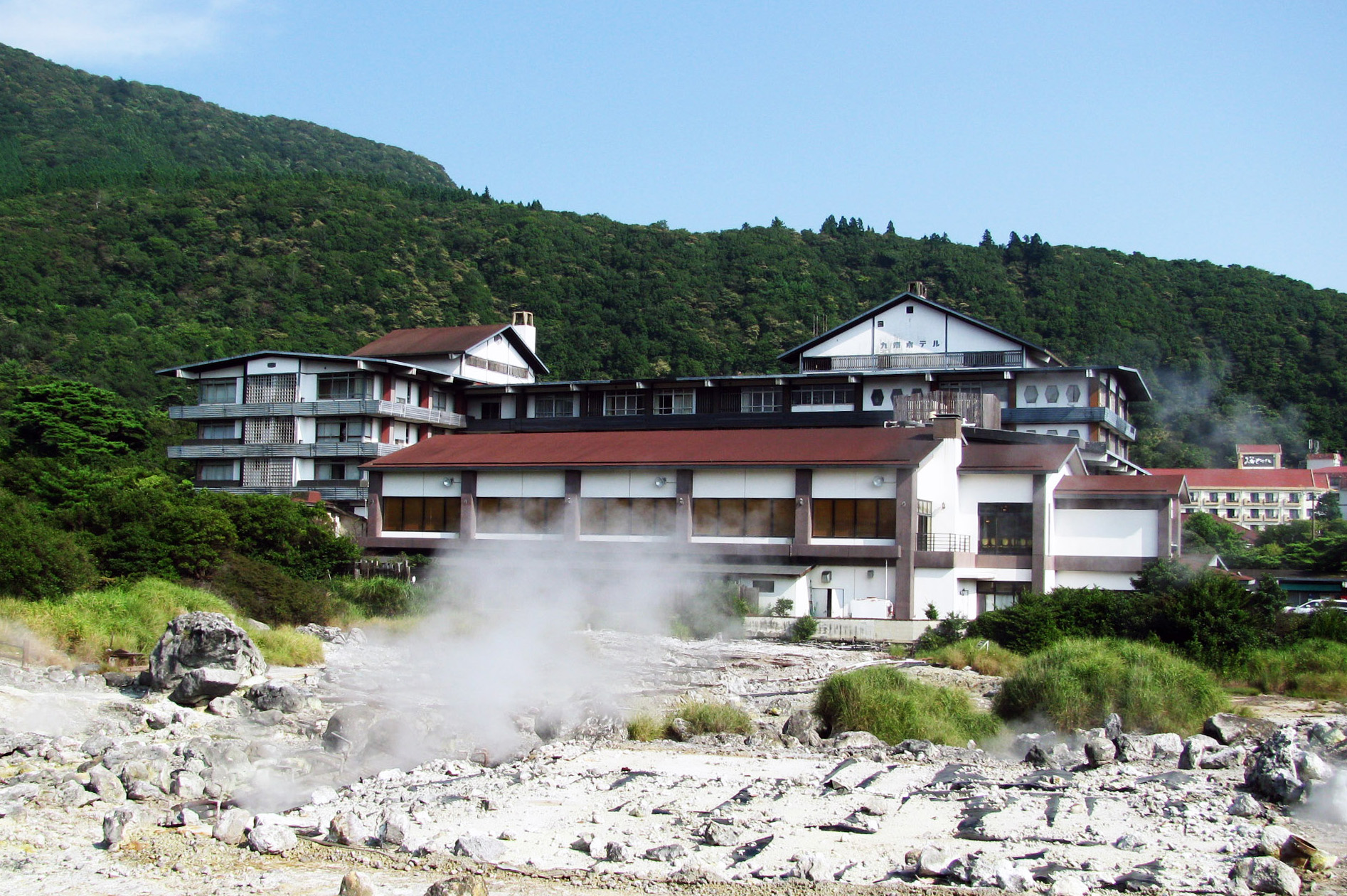
|
Unzen
Known for it’s picturesque Onsen resort located on Shimabara peninsula
surrounded by Ariake Sea. It is situated in the Unzen National Park at
an altitude of 700m. The scenery of Unzen jigoku has an other worldly
sense with white steam rising from the ground over a wide area.
At any time of the year the natural scenery of Unzen is beautiful.
|

|
Shimabara
Shimabara is consist of two cities on Shimabara peninsula, Shimabara-city
west side of peninsula and Minami-Shmabara city south-west side of peninsula.
The region offers various enjoyable things such as Nature, Onsen,
Castle town of Shimabara-city, and Christian Pilgrimage sites in Minami-
Shimabara-city such as Hara Castle Ruins and Hory Mary-Kannon.
|
|
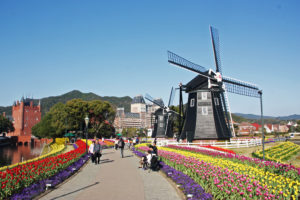
|
Sasebo & Huis Ten Bosch
Sasebo is located on the Kitamatsuura Peninsula facing the Genkai
Sea with must visit attraction, is a theme park modelled
on a Dutch villagnumerous small Islands and is often called “ 99 Island”.
The 99 Islands cruise is a relaxing and reinvigorating experience.
Huis Ten Bosch, ae reproducing the rows of houses and streets even
including a recreation of Huis Ten Bosch Palace in the Netherlands.
|
|
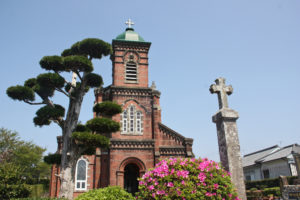
|
Hirado
Hirado is the first place where Portuguese ships landed in Japan in 1549,
and after that St. Francis Xavier visited in 1550, and Japanese
Christianity started here in Hirado. In the 1580s, the Portuguese
established a trading station, followed soon by the Dutch and the British.
Hirado is located north-west side of Nagasaki and facing to Genkai Sea,
and is mainly composed of Kitamatsuura Peninsula, Hirado Island and
Ikitsuki Island, which are connected by Hirado bridge and Ikitsuki bridge.
|
Oita-prefecture
|
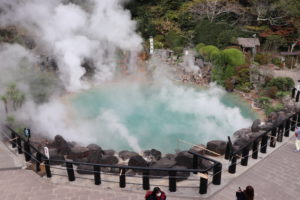
|
Beppu
Onsen steam from underground is rising everywhere in Beppu.
One of the most famous Onsen resort in Japan, and is located at the
foot of volcanos, Mt. Yufu and Mt. Tsurumi.
The exciting experiences Hell tour is recommended.
|
|
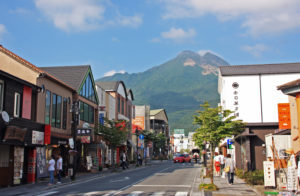
|
Yufuin
Located in Yufuin Basin and the beautiful and tranquil Onsen Resort
harmonized with nature. Yunotsubo Avenue, Kinrinko lake and
Yufuin Floral Village are worth to explore.
|
|
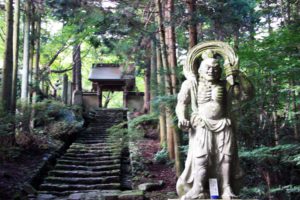
|
Kunisaki peninsula
Kunisaki peninsula is a rural area located on the north-east side of
Oita-prefecture. It is especially popular for it’s onsen, and trekking, and
the local cuisine can be enjoyed as well. Kunisaki peninsula began to
develop 1,300 years ago as a sacred religious ground influenced by
local mountain and nature worship.
|
|
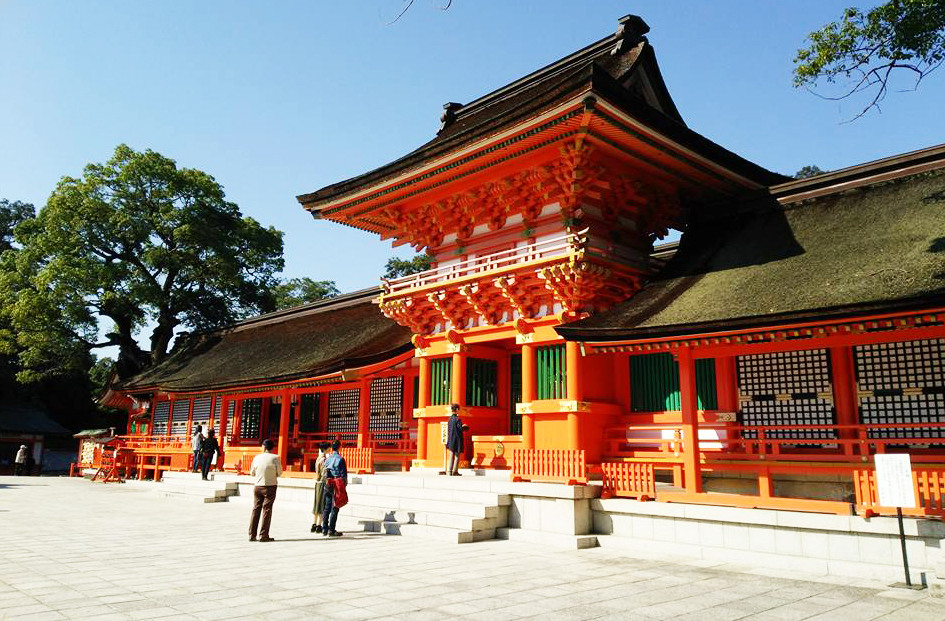
|
Usa & Ajimu
Usa & Ajimu are located at the base of Kunisaki peninsula
and are close proximity to theUsa Shrine. The area has long been
a sacred holy ground to both Shinto & Buddhist activities.
|
|
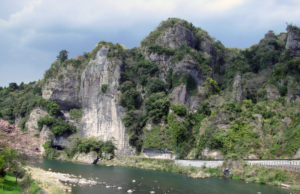
|
Nakatsu & Yabakei
Nakatsu was a Castle town during the Edo period, when it was a
mid-sized domain. The town itself has recently expanded to include
outlying areas. In the centre, the rebuilt castle has an observation
deck with coastal views. Yabakei offers dynamic rock formations and
hot springs in the valleys along Yamakuni River.
|
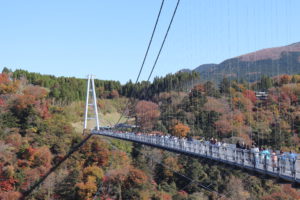 |
Okubungo region
Okubungo , also known as onsen country, is a Nature-blessed region
in the Ono River basin.The northern part is surrounded by the Aso &
Kuju Mountains.
|
Kumamoto-prefecture
|
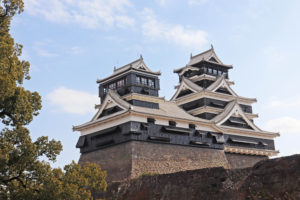
|
Kumamoto
Kumamoto is the 3rd largest city in Kyushu located almost in the center
of Kyushu, with Aso region on the east side and the Ariake Sea on the
west side. There is one of the Japan’s three great castles, Kumamoto Castle.
Shimotori shopping street is one of the largest shopping arcades in Japan
where you can enjoy shopping and local cuisines.
|
|
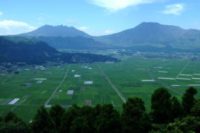
|
Aso
Aso region possesses the world’s largest Caldera created by 4 periods
of explosive volcanic activity in the ancient times. In the Aso Caldera,
there are five mountains including Naka-dake mountain which is an
active volcano where the crater can be viewed from the top.
Daikanbo peak, on the outer edge of the Aso Caldera is a must place
to visit offering panoramic views of the magnificent scenery including the
five mountains of Aso and the serene and beautiful green plains below.
|
|
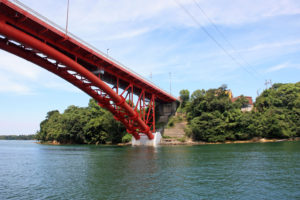
|
Amakusa
Amakusa is situated on an archipelago consisting of several island on the
west side of Kumamoto. It possesses a beautiful lush green landscape and
natural geological formations giving the islands the designation “national
Geopark”. Marine activities such dolphin watching, boat tours, seafood &
local delicacies can be enjoyed. Amakusa also has an important historical
significance to Christians.
|
|
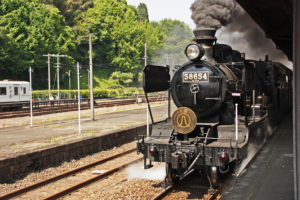
|
Hitoyoshi
Hitoyoshi is a castle town on the kumagawa river. Also know as
Kyushu’s “little Kyoto,” it is known for it’s onsen resort, limestone
caves, castle ruins, river boat riding, steam locomotive, limestone
cave and local distillery
|
Miyazaki-prefecture
|
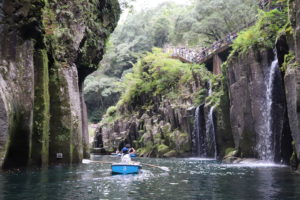
|
Takachiho
Takachiho is located just south of the Aso region and offers dynamic
nature and a serene spiritual experience. Beautiful and breath taking
Takachiho Gorge was created by volcanic activity of the Aso area and
this spectacular deep and narrow V-shaped gorge consists columnar
joins carved out by erosion due to the water flow of the Gokase over
many years.
|
|
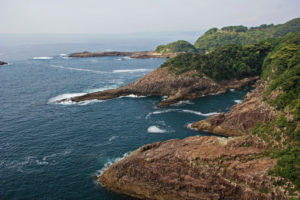
|
Hyuga
Hyuga is a bay city, facing the Hyuga nada Sea. Famous for it’s surfing
and seascapes. The spectacular scenery of exposed pillar like rock cliffs
have an artistic appearance created by weathering and the relentless
raging waves.
|
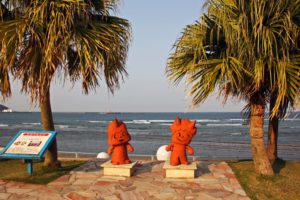 |
Miyazaki & Nichinan
Miyazaki & Nichinan facing the Pacific Ocean is located in a subtropical
region. The landscape is beautiful with it’s combination of sunshine and
ocean views. It possesses ocean resorts, wild animals and many historical
and religious places such as castles and seaside shrines.
|
Kagoshima-prefecture
|
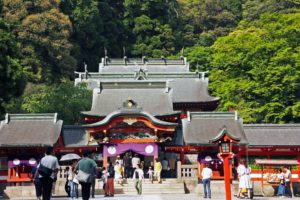
|
Kirishima
The Onsen Resort located at the foot of the Kirishima mountains.
Kirishima jingu Shrine is one of the most beautiful shrines in Kyushu
surrounded by forest. You can enjoy hiking trails with spectacular
mountain views and soak in volcanic hot springs.
|
|

|
Kagoshima
The southern most major city in Kyushu and from here you can see
Sakura-jima Island and it’s active volcano from which smoke and steam
rise across Kagoshima Bay. Kagoshima prospered in the Edo period
as a castle town. Tenmonkan is the biggest shopping arcade and here
you can dine on local cuisines, especially succulent meats and also enjoy
the vibrant night life, bars and restaurants.
|
|
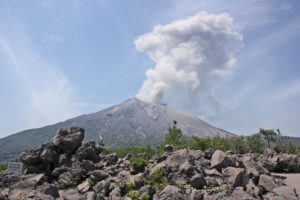
|
Sakura-jima Island
Sakurajima Island is the symbol of Kagoshima.
The smoke and steam rises almost every day from the active volcano
Minamidake. Formerly an island, it became connected with the Osumi
Peninsula in 1914 when lava from its summit closed the channel between
the two. Observation points on the island can be accessed by ferry.
|
|
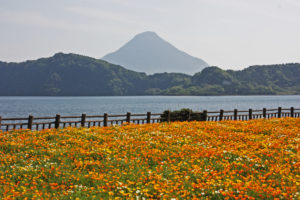
|
Ibusuki & Satsuma peninsula
Ibusuki is known for it’s hot spring Onsen Resort, and it’s famous natural
steam sand baths located on Kinko bay. To the east the Satsuma peninsula
offers spectacular ocean views and this peaceful rural area is know as the
“home of the sweet potato”.
|
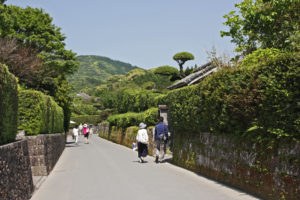 |
Chiran
Chiran is a small town in the middle of the Satsuma Peninsula. It is called
a “small Kyoto” and has a preserved Samurai district including a collection
of Samurai houses and gardens. Another interesting place to visit is the
Chiran Peace Museum.
|
Map of Kyushu
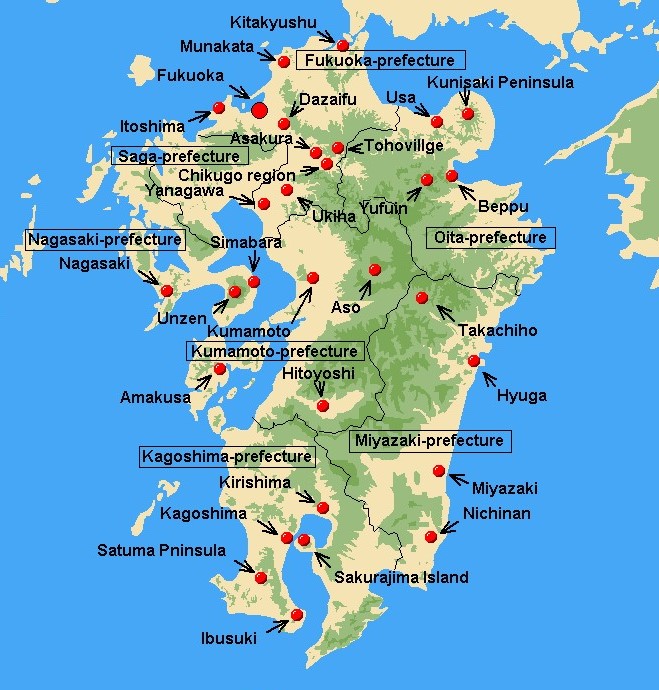

Home Our Services Tailor-made guided tour Christian Pilgrimage tour Golf tour
Kyushu Travel Guide Kyushu Photo Collection Off the beaten path What our Customers have to say
-
NEWS, Kyushu travel guide





